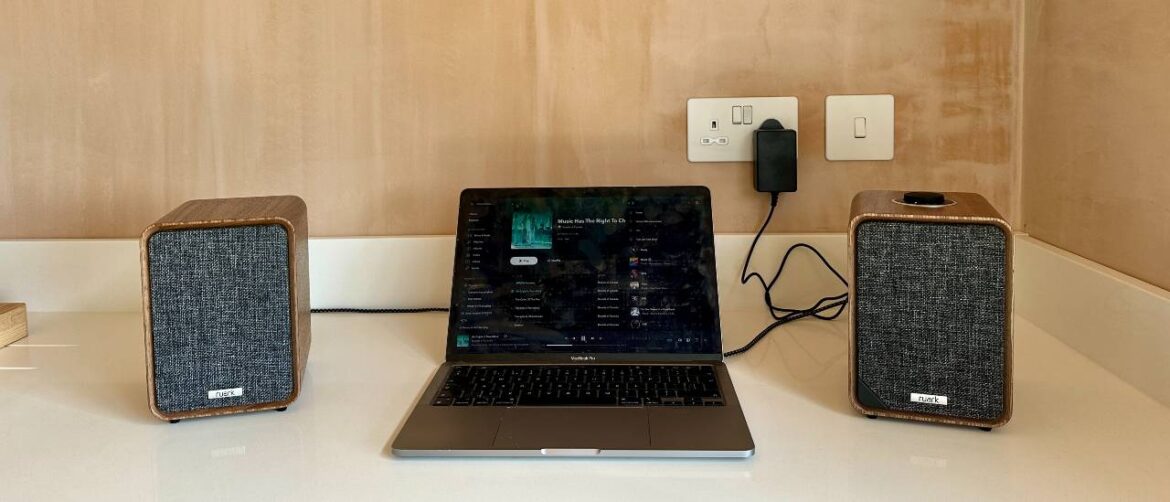In brief
- Scientists etched working gear trains on a chip, driven solely by photon momentum.
- The devices could someday power microfluidic pumps, reconfigurable optics, and tiny surgical tools.
- Efficiency remains extremely low, making the work an elegant proof-of-concept, not a product.
Researchers have built microscopic machines—complete with working gears, racks, and pinions—that run entirely on light.
The study, published recently in Nature, marks the first time engineers have assembled functional “gear trains” at micrometer scales, harnessing photons rather than motors or wires to drive motion.
If the technology matures, then its future could look surprisingly practical. Light-driven micromotors could pump reagents in postage-stamp-sized diagnostic labs, steer mirrors inside ultra-compact cameras, or open and close valves in drug-delivery implants—no batteries or wiring required.
In data centers, swarms of these gear systems might reconfigure optical circuits on the fly, helping direct laser signals between chips. And in biomedical research, tiny optomechanical arms could one day manipulate single cells or proteins with pinpoint control, performing tasks now reserved for bulky, expensive instruments.
Tiny gears, big ambitions
The achievement, led by a team of physicists and engineers using standard semiconductor fabrication tools, demonstrates a long-sought bridge between photonics and mechanics: miniature machines powered and controlled by beams of light.
Each “metamachine,” as the authors call them, is etched onto a chip using lithography similar to that used for computer chips. When illuminated, the patterned metasurfaces redirect photons in such a way that their momentum—tiny though it is—translates into torque, setting the gears spinning.
The devices aren’t merely rotating discs. They include entire assemblies of interconnected parts, like trains of gears that transmit force, and rack-and-pinion systems that convert rotation into linear motion. By changing the polarization of the light or tweaking the metasurface geometry, the researchers can reverse direction or modulate speed.
They even coupled these microscopic engines to mirrors, demonstrating how mechanical movement could alter optical signals on demand—a tantalizing glimpse at reconfigurable optical circuits.
Yet, as with many dazzling breakthroughs, the results come with caveats that cast them more as proof-of-concept than practical prototype. The conversion efficiency is vanishingly small, around one ten-trillionth of the light’s energy.
In other words, these machines operate—but barely. The torque they generate is minuscule, the rotations slow, and the operation precariously dependent on precise illumination and stable environments. Thermal effects from absorbed light can introduce drift or damage, and the machines themselves face the timeless foes of mechanics: friction, wear, and contamination.
From lab curiosity to future tools
Still, the demonstration matters. For decades, researchers have tried to integrate moving mechanical components with optical and electronic systems at micron scales, only to hit engineering dead ends. Electrical micro-actuators demand wiring and contacts that become unmanageable at such dimensions. Chemical and magnetic drives bring complexity and incompatibility with chip manufacturing.
Light offers a non-contact alternative—if it can be tamed to do useful work. By embedding optical metasurfaces directly into the gear structures, the team has shown that photons can indeed serve as a power source, however inefficient, for linked mechanical motion.
The potential applications are wide-ranging, if distant. In microfluidics, light-driven pumps or valves might one day move molecules without electrodes or tubing. In sensing and optics, miniature mirrors and shutters could dynamically steer or filter light, building blocks for agile photonic circuits.
Biologists dream of micromechanical tools that can operate inside cells or manipulate microscopic organisms without wires or magnets. Even fundamental science could benefit: arrays of these tiny gears could help researchers study friction, adhesion, and wear at scales where surface forces dominate.
How it works, in miniature
What makes the approach particularly appealing is its compatibility with established chipmaking processes. The metamachines are fabricated from common materials using lithographic steps already routine in semiconductor foundries. That means, in theory, entire fields of microdevices—optical, mechanical, or even biological—could someday incorporate these structures as easily as adding a new layer of circuitry.
But realizing that promise will require solving a formidable list of problems. Light is an elegant power source, but a weak one; each photon carries only a wisp of momentum. Scaling up output may demand lasers so intense they introduce destructive heating. The gears’ tiny teeth must mesh with atomic precision, making them vulnerable to defects and dust. And while the study shows operation over hours, questions linger about longevity, repeatability, and control in realistic environments.
For now, the metamachines are best viewed as exquisite demonstrations of what’s possible rather than as ready-to-use components. But in a field where progress has long been measured in nanometers, even small steps can feel revolutionary. The vision of microscopic factories, weaving motion from beams of light, remains distant—but suddenly, it’s no longer imaginary.
Generally Intelligent Newsletter
A weekly AI journey narrated by Gen, a generative AI model.



